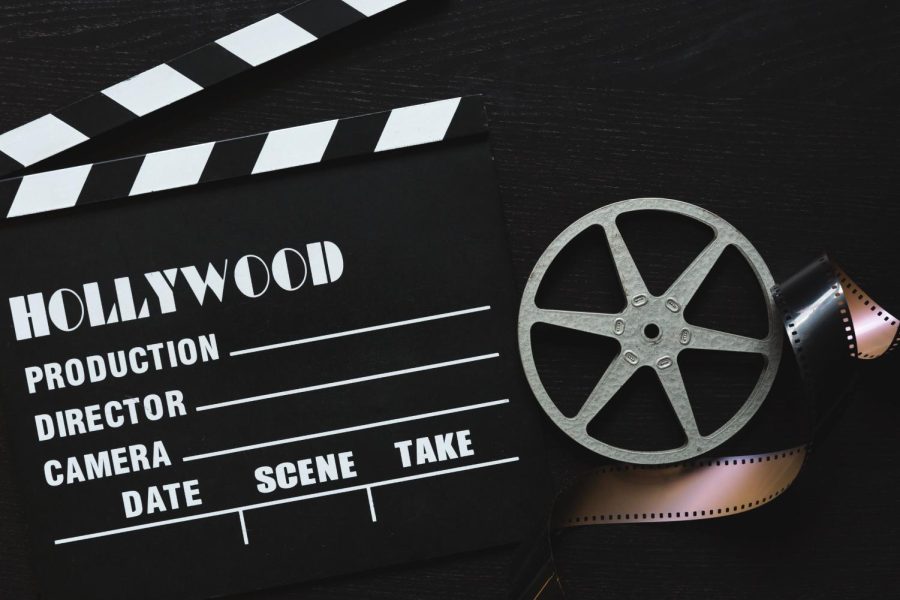Silent films speak for themselves
In 1906, Director Charles Tait produced The Story of the Kelly Gang, the first feature-length silent film, in Australia.
Dramatized depictions coupled with roaring orchestras made silent films never true to their name. Silent films, defined by their black-and-white imagery, slapstick comedy, and, of course, their silence, are typically overlooked by modern audiences. Labeled as both boring and dull, this genre of film isn’t given the credit it deserves.
Entirely responsible and synonymous with the birth of cinema and its respective area of entertainment, silent films are unfairly disregarded. For this reason, one must know the history of silent films to understand and truly appreciate the modern state of the film industry.
The origins of silent films can be traced to magic lantern shows; the process of using a light source and glass to project images. In 1878, a monumental advancement was made by Eadweard Muybridge, who filmed The Horse in Motion. This was paramount in the amelioration of film. This fabricated the future of film and the golden age of the silent movie era, 1894-1929. Incredibly influential actors came out of the era, such as Charlie Chaplin, Buster Keaton, Harold Lloyd, and Lillian Gish.
Talent wasn’t the only thing that came out of this era. With the birth of cinema, the entertainment industry was permanently changed. This form of entertainment was completely new. Unfortunately, due to its novelty, directors didn’t have much to work from. However, creativity is amplified in these situations. Overly exaggerated and hyperbolic interpretations of characters show how actors made up for their lack of a voice. Their flamboyant acting spoke what they couldn’t.
In terms of directors, their filming techniques were crucial to setting the mood. Their attention to detail and ability to use their materials in innovative ways is the base of modern filming techniques. In addition, silent films broke the language barrier. Heavily reliance on the universality of body language made this possible. When inter-tiles, the dialogue on cards put between scenes, were used, they could easily be switched with the translation in another language.
The silent movie era came to an end in 1927, when The Jazz Singer was produced. Although as a society, we may have outgrown silent films, this shouldn’t distract from the fact that they are our foundation for filming, producing, acting, subtitles, etc. It is impressive to see how quickly technological advancements have been made and how this has affected how movies are made.
If you want to learn more about these iconic films, check out these links:
- The History of Silent Movies and Subtitles – Video Caption Corporation
- 7 Reasons Why Watching Silent Films Is Essential To Any Film Student | Taste Of Cinema
- Silent film – Wikipedia
- Silent Films – Filmsite

Hi! My name is Melissa Martinez and I am a sophomore at Armijo High School. I was born in Walnut Creek, CA but moved to Suisun City just before my second...
